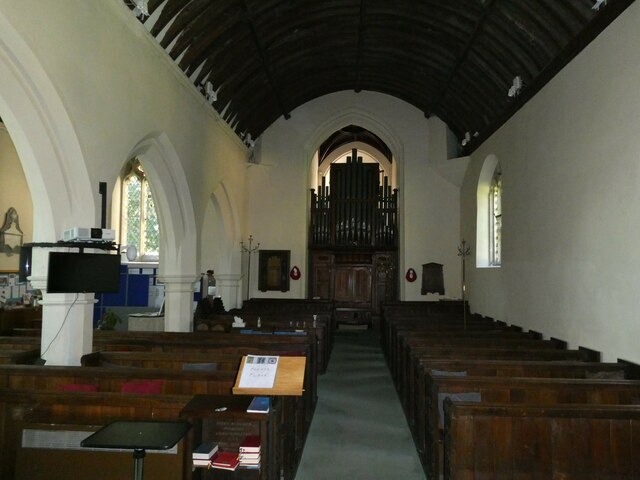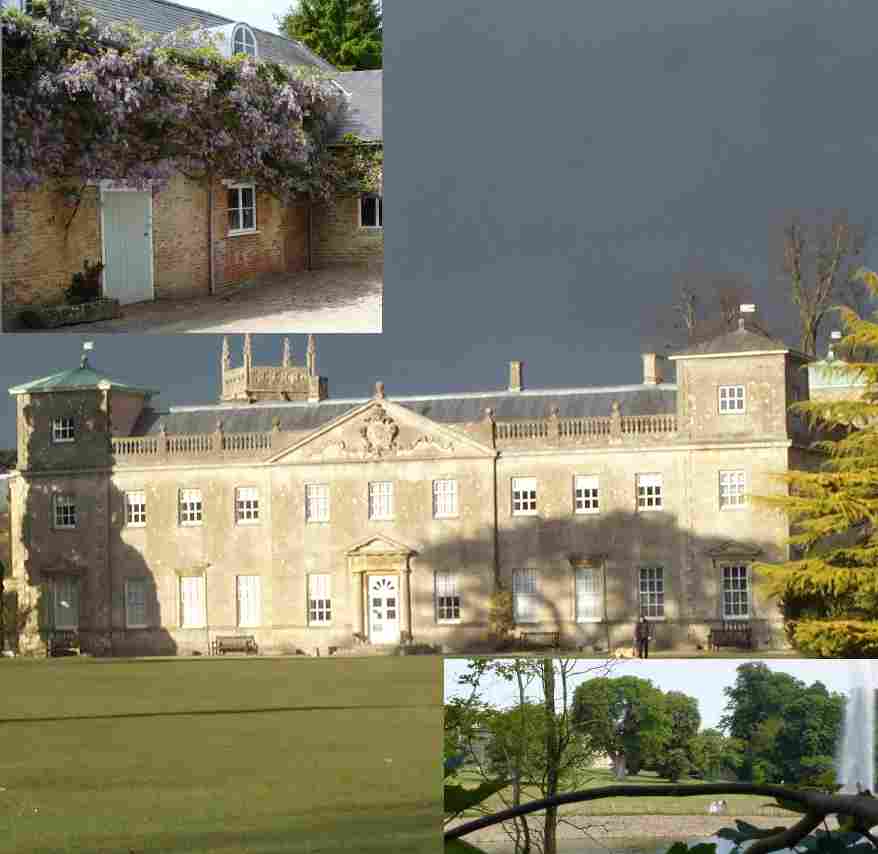Ash Plantation
Wood, Forest in Wiltshire
England
Ash Plantation

Ash Plantation is a woodland located in the county of Wiltshire, England. Covering an area of approximately 200 acres, it is a diverse and well-preserved forest that offers a range of natural attractions and recreational activities.
The plantation primarily consists of ash trees, which give the woodland its name. However, it also includes other tree species such as oak, birch, and beech, creating a rich and varied ecosystem. The trees are densely packed, providing a lush canopy that offers shade and shelter to the diverse flora and fauna that inhabit the area.
Walking trails wind through the woodland, allowing visitors to explore its natural beauty at their own pace. These trails are well-maintained and offer stunning views of the surrounding countryside. The plantation is also home to a variety of wildlife, including deer, foxes, and a wide range of bird species, making it a popular spot for birdwatching and nature enthusiasts.
In addition to its natural attractions, Ash Plantation provides recreational facilities for visitors. Picnic areas are scattered throughout the woodland, providing a tranquil setting for outdoor meals and relaxation. The plantation also offers designated areas for camping and barbecues, allowing visitors to extend their stay and fully immerse themselves in the forest experience.
Overall, Ash Plantation in Wiltshire is a beautiful and well-preserved woodland that offers a diverse range of natural attractions and recreational activities. Whether visitors are seeking a tranquil walk, a picnic amidst nature, or a chance to observe wildlife, this plantation provides a serene and enjoyable experience for all.
If you have any feedback on the listing, please let us know in the comments section below.
Ash Plantation Images
Images are sourced within 2km of 51.564244/-1.8606644 or Grid Reference SU0985. Thanks to Geograph Open Source API. All images are credited.




Ash Plantation is located at Grid Ref: SU0985 (Lat: 51.564244, Lng: -1.8606644)
Unitary Authority: Swindon
Police Authority: Wiltshire
What 3 Words
///daydreams.trickster.chess. Near Lydiard Millicent, Wiltshire
Nearby Locations
Related Wikis
Lydiard Park
Lydiard Park is a 260-acre (110-hectare) country park at Lydiard Tregoze, which was its former name, about 3 miles (5 km) west of central Swindon, Wiltshire...
Lydiard Tregoze
Lydiard Tregoze is a small village and civil parish on the western edge of Swindon in the county of Wiltshire, in the south-west of England. Its name has...
Lydiard Millicent
Lydiard Millicent is a village and civil parish in Wiltshire, England, about 3+1⁄2 miles (6 km) west of the centre of Swindon. The parish contains the...
Lydiard Park Academy
Lydiard Park Academy, formerly known as Greendown Community School, is a mixed sex comprehensive secondary school for students aged between 11 and 18 years...
Hook, Wiltshire
Hook is a small village in Wiltshire, England between the town of Royal Wootton Bassett and the village of Purton, just north of the M4 motorway. The village...
St Mary's Church, Purton
St Mary's Church in the village of Purton in north Wiltshire, England, is an active Church of England parish church in the Diocese of Bristol. A large...
Link Centre
The Link Centre is a leisure centre in Swindon, England. The building, owned by Swindon Borough Council and operated by Greenwich Leisure under the brand...
Renault Centre
The Renault Centre (or the Renault Distribution Centre) is a high tech building in Swindon commissioned by the French car company Renault for their UK...
Nearby Amenities
Located within 500m of 51.564244,-1.8606644Have you been to Ash Plantation?
Leave your review of Ash Plantation below (or comments, questions and feedback).




















